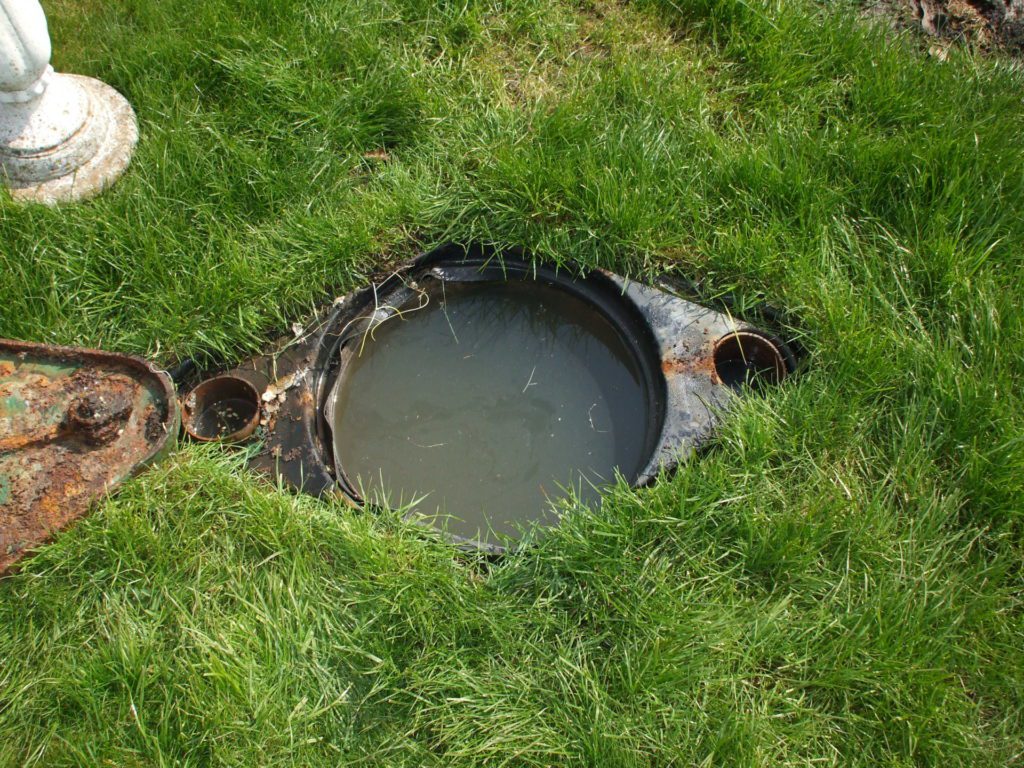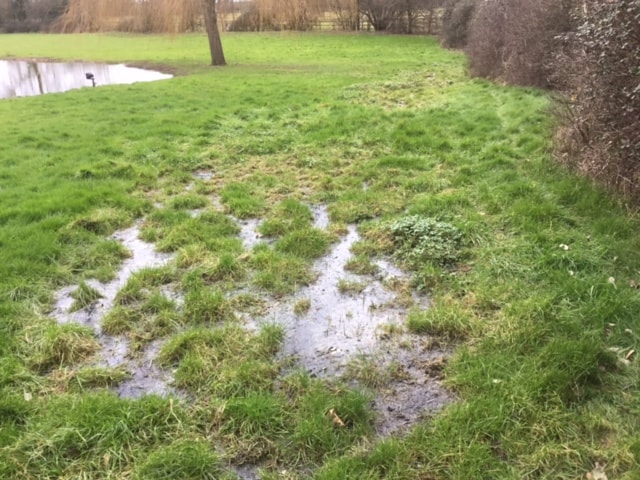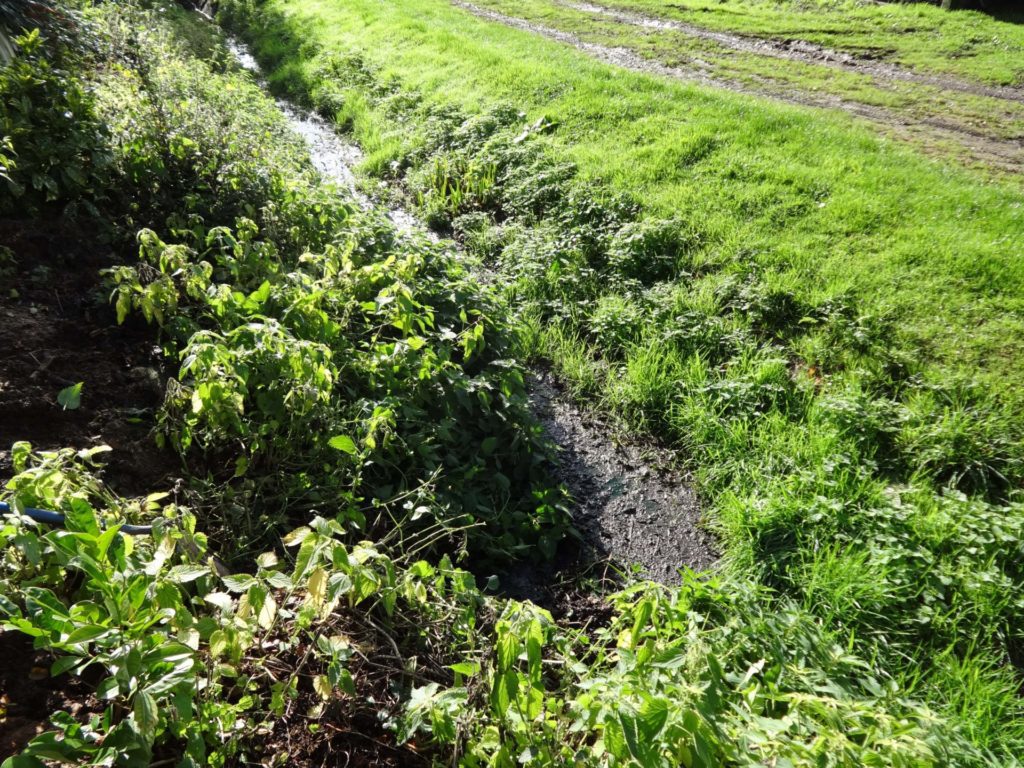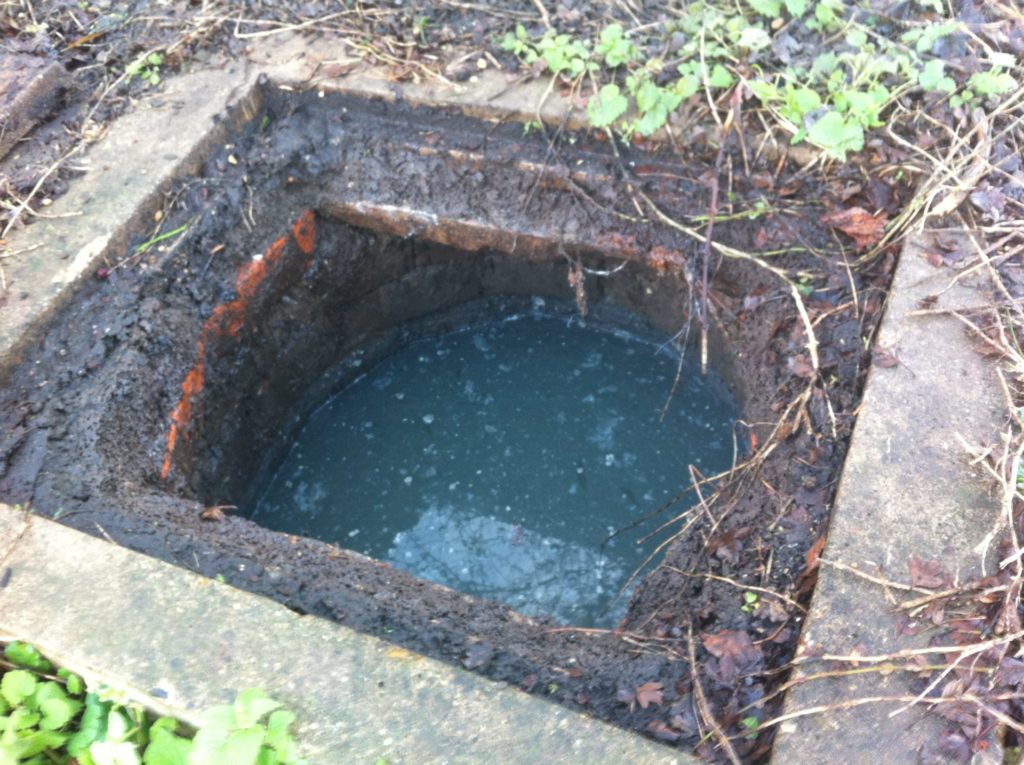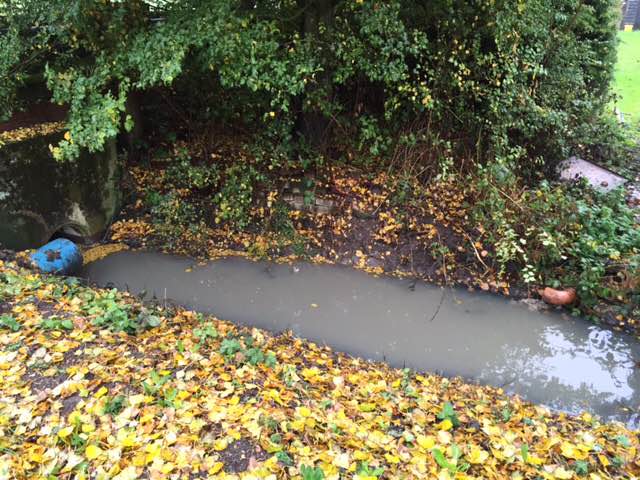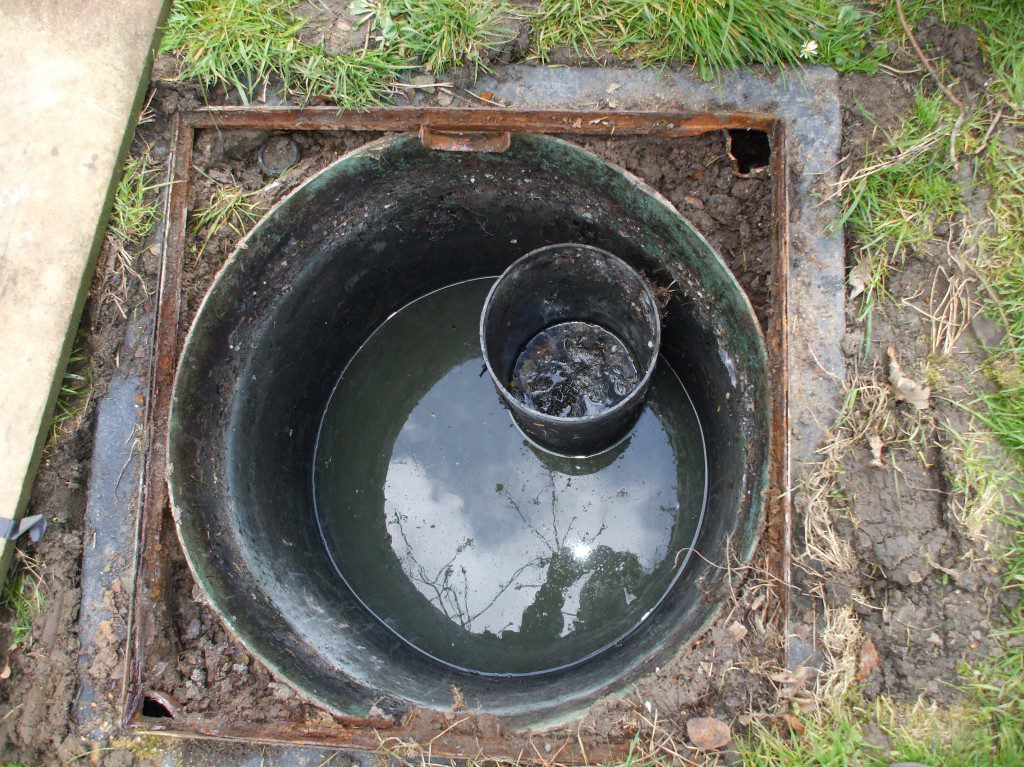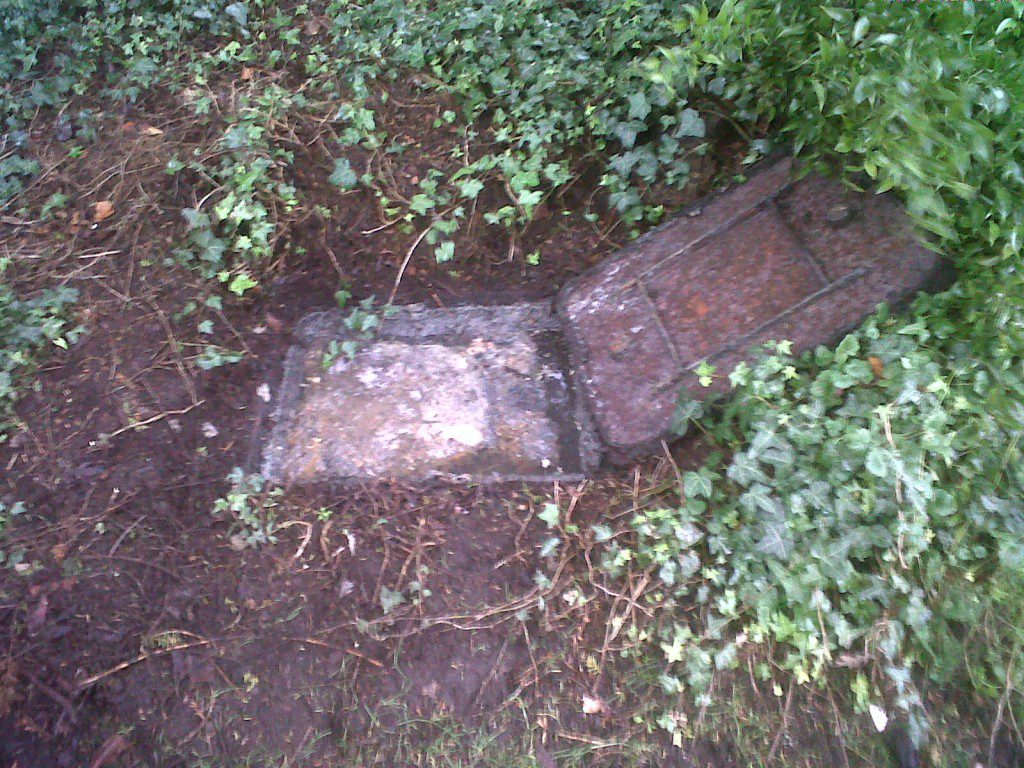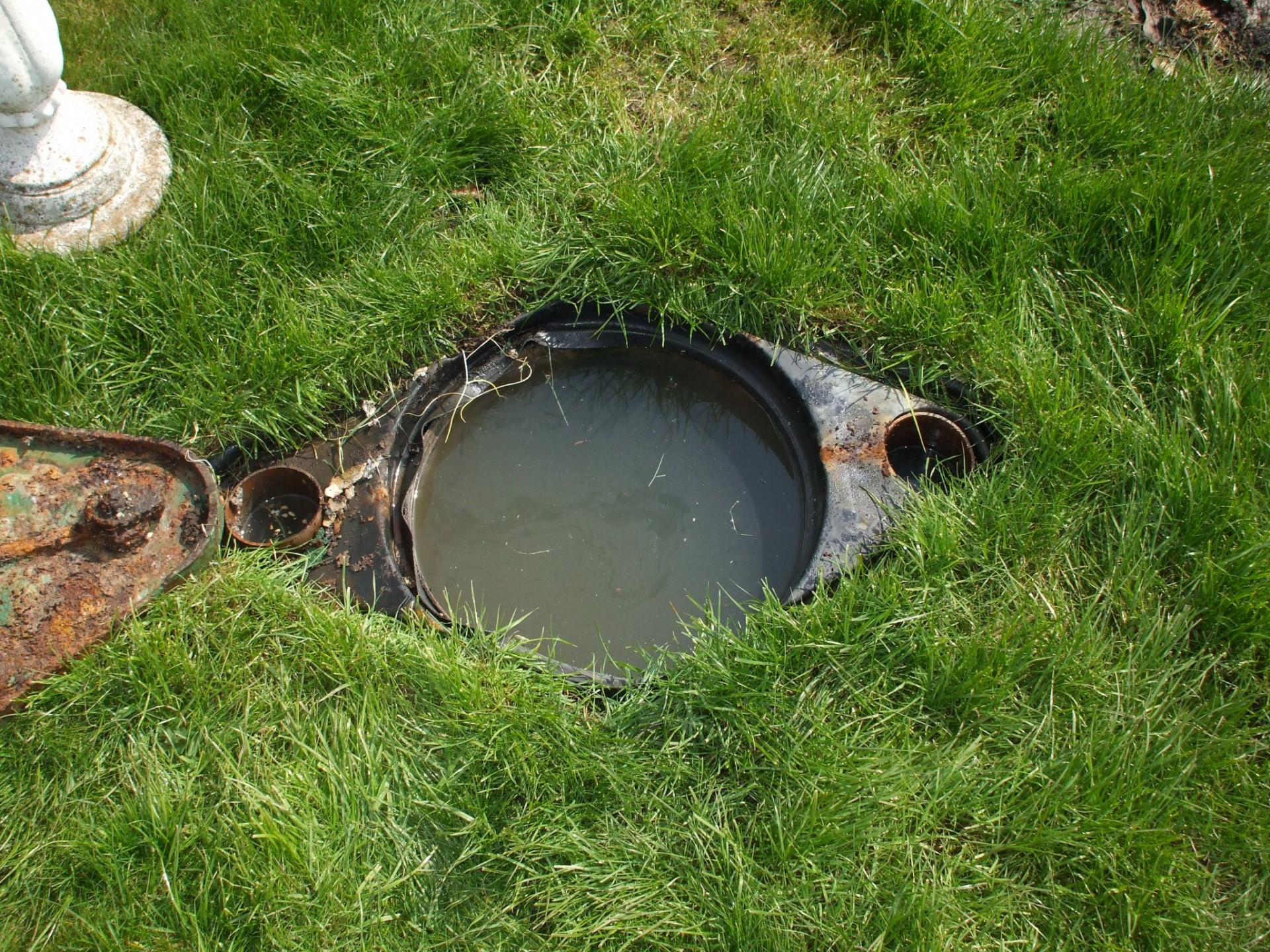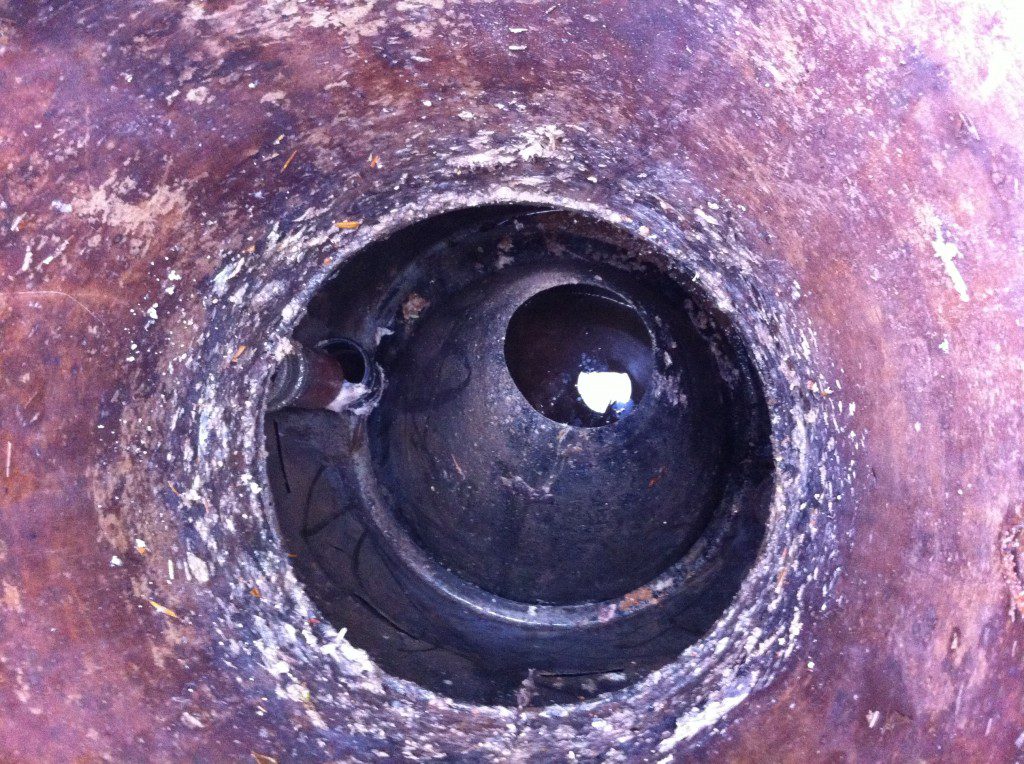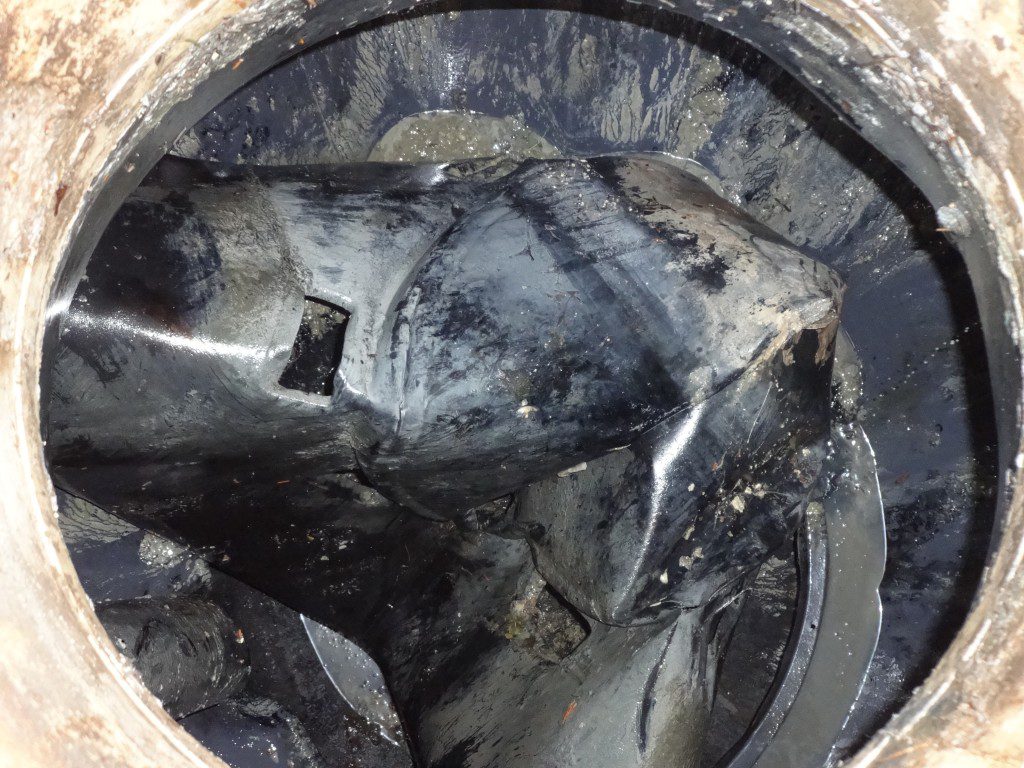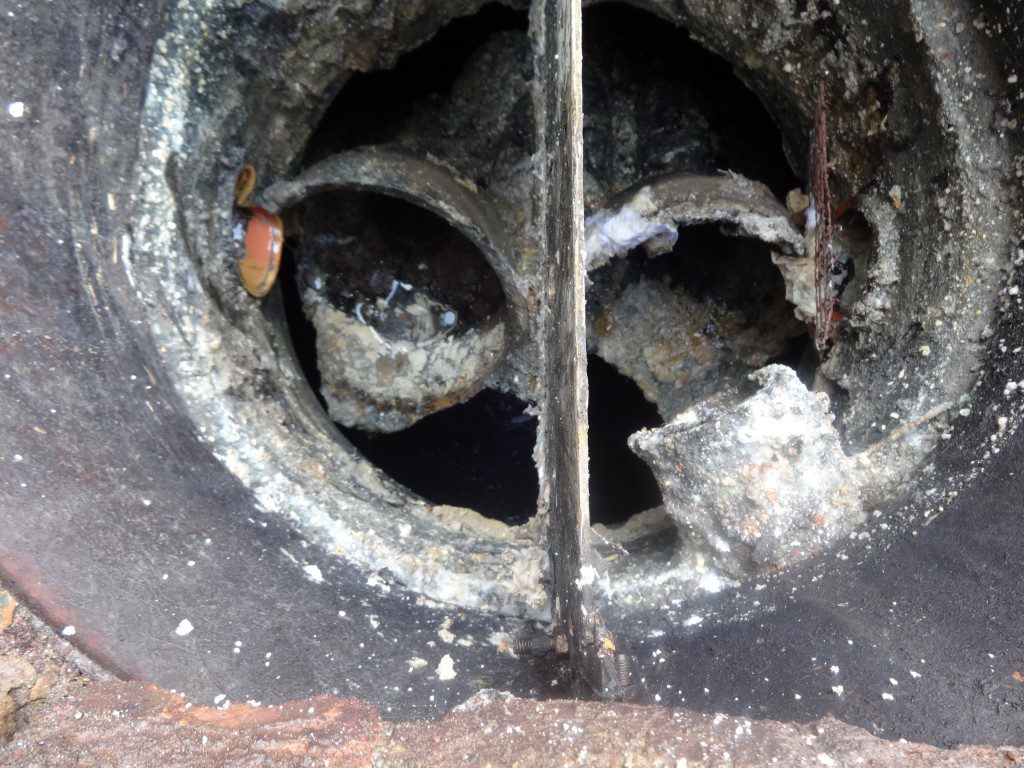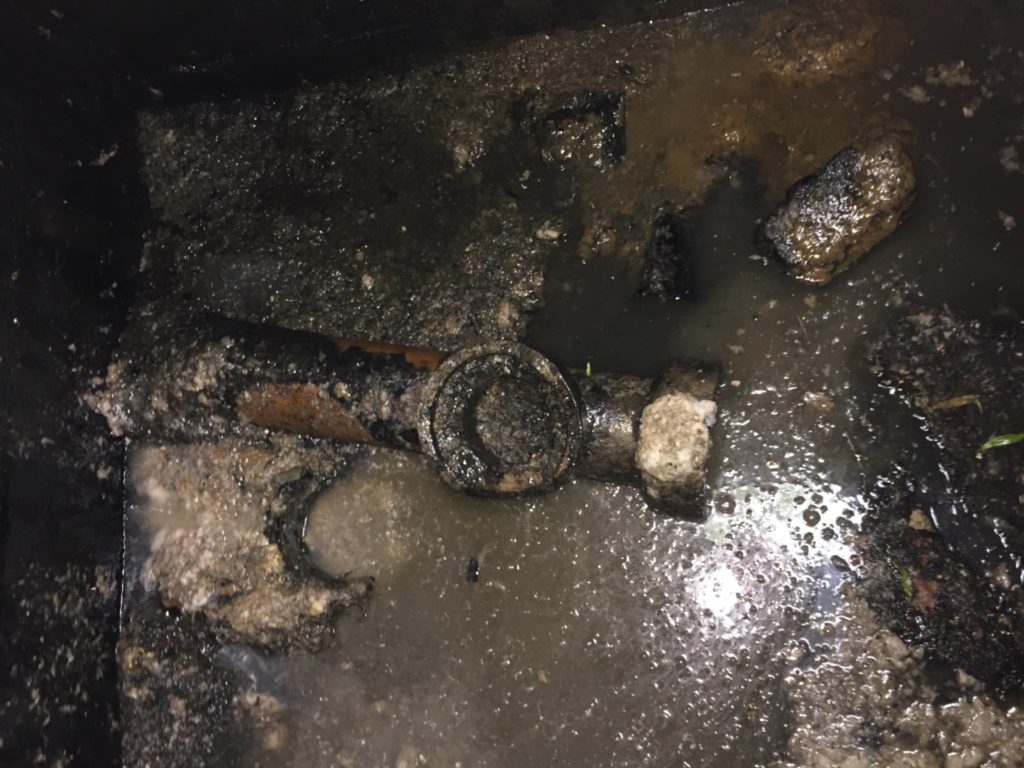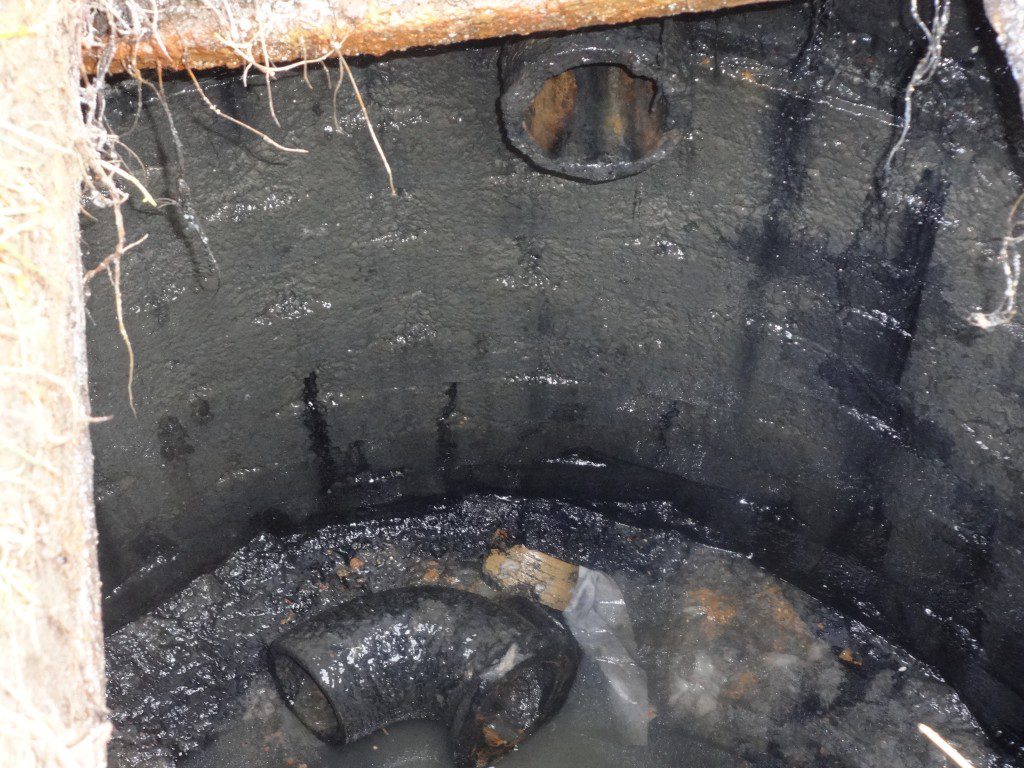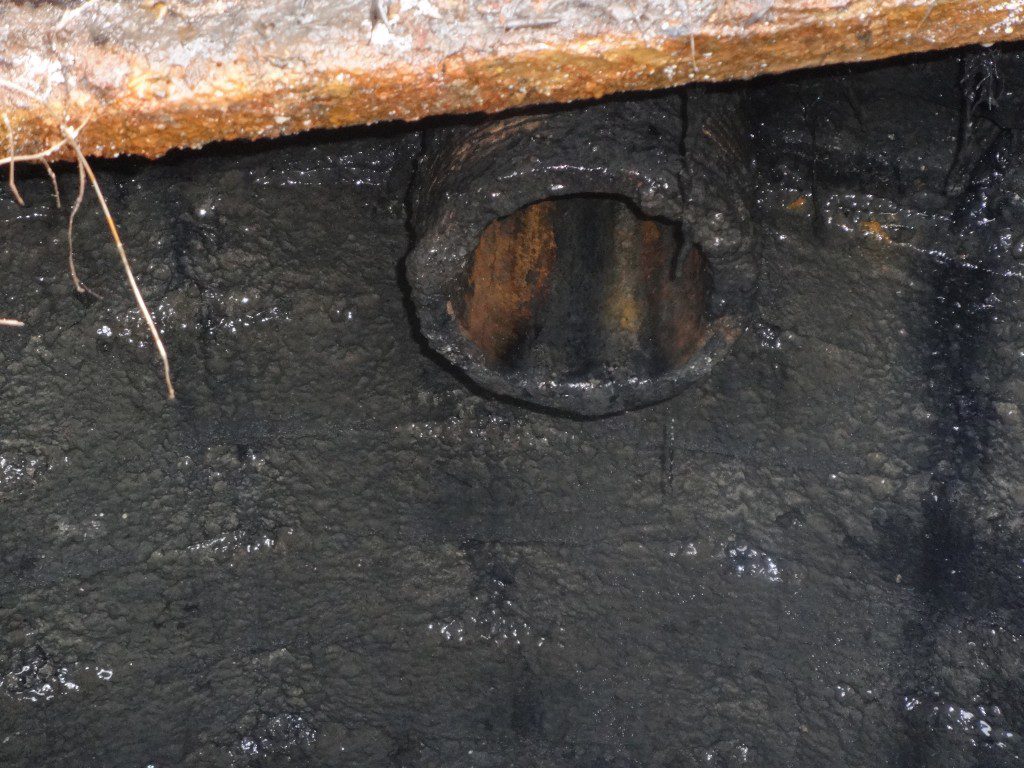Septic Tank Problems?
Septic tank problems can be the cause of much concern for property owners with some of the most common septic tank problems being associated with odour nuisance, structural issues and pollution in ditches and streams. However, the most common septic tank problem we come across is where the existing septic tank is flooding due to the receiving soakaway failing.
Its crucial that any septic tank problem is addressed and not ignored as this could result in the problem becoming even worse over time, and in some instances preventing the foul drainage pipework from being used or leaving the owner liable for prosecution in instances where the septic tank is causing pollution or a health risk.
Did you know that new rules were introduced in January 2015 regarding the use of septic tanks and how these systems are regulated.
These rules were introduced by DEFRA and the Environment Agency, and are referred to as ‘General Binding Rules‘. If you are the owner of a septic tank or small sewage treatment plant, by law you must comply with the ‘general binding rules‘. If the ‘general binding rules’ cannot be adhered too then it would be necessary to either apply for an Environment Agency Permit or carry-out the required works to enable compliance.
Did you know that the cost to resolve your septic tank problems may be covered by your existing buildings insurance policy?
A septic tank problem can sometimes be due to the tank or receiving soakaway / drainage field being damaged in some way. In these instances it may possible that the damage to the septic tank may be covered under the homeowners insurance policy, with an insurance claim being applicable to cover the cost of any remedial works. Mantair works in partnership with the UK’s leading drainage insurance claims management company to offer our customers a unique insurance claims management service. Providing expertise in managing insurance claims for the costs of repairing or replacing damaged drainage systems, we work on behalf of property owners helping them to save thousands of pounds in resolving their septic tank problems. Read more…
Septic Tank Problems Explained
Septic Tank Problems With Odour Nuisance
The process within a septic tank is called ‘anaerobic digestion’ which reduces the sludge volume. During the digestion process methane, hydrogen sulphide and other gases are produced and these gases can in some cases cause a serious odour nuisance. In view of this, it is essential that septic tanks are correctly vented to allow the noxious gases to escape into the atmosphere.
Septic Tank Problems With Effluent Discharge
The effluent from a septic tank is disposed of to a drainage field / soakaway. Under no circumstances should it be allowed to discharge to a ditch, stream or river. Such a discharge is an offence and contravenes the Environment Agency’s Binding Rules. Find out more about the new septic tank rules and regulations…
Septic Tank Problems With Flooding
There are many reasons which may cause a septic tank to flood and these can range from something as a simple as an outlet ‘dip pipe’ being blocked to more serious problems involving the receiving drainage field / soakaway system.
The effluent level inside a septic tank should be at the level of the outlet pipe. In some instances either the inlet or outlet pipes for a septic tank can become blocked with materials such as fat or tissue. If the inlet ‘dip pipe’ becomes blocked this would result in the foul drainage to the tank flooding, and this is more common in older traditionally built septic tanks. If the outlet ‘dip pipe’ becomes blocked this would result in both the septic tank and incoming foul drainage pipe work flooding. In some cases it is only necessary to clear the blockage with drainage rods.
The most common cause for a septic tank flooding is due to the receiving drainage field / soakaway and not the septic tank. If a drainage field / soakaway fails and prevents the effluent from percolating through the sub-strata this will result in the septic tank and the foul drainage pipe work from the property surcharging. Septic tank drainage fields / soakaways can fail for a number of reasons and these include:
1 – Ground Conditions
The soakaway being constructed in ground conditions which are non-permeable such as sandy clay, silt clay and clay. This would result in the effluent that discharges to the soakaway filling the soakaway and subsequent flooding of the septic tank, or potentially effluent bursting out of the ground causing a health hazard.
It is important that the percolation characteristics of the ground are suitable in both summer and winter months. To identify whether the ground conditions are suitable for a drainage field / soakaway and to determine the size required it is necessary to conduct a Percolation Test. Without the results of a Percolation Test there is no way of knowing the size of drainage field / soakaway required or if this disposal method would indeed work.
2 – Natural Water Table
The drainage field / soakaway being under the natural water table. This can often be the cause for septic tank soakaway systems failing during winter months only. When a drainage field / soakaway is operating underneath the natural water table the septic tank, soakaway and foul drainage pipework will be at the same level as the surrounding water table and as a result the flooding within the system can be moderate or severe.
Problems with septic tank systems operating in high water table areas can be overcome by installing a Mantair septic tank conversion system.
3 – Root Ingress
The drainage field / soakaway being constructed in close proximity to trees and shrubs. Roots of trees and shrubs planted too close to a drainage field / soakaway can enter the drainage pipe work and block the pipes. Root ingress into drainage fields / soakaways is the cause of many systems blocking and as a result flooding of the septic tank system. Mantair offers a unique insurance claims management service to our customers for situations where root ingress has damaged a drainage system.
4 – Physical Damage
Physical damage to the drainage field / soakaway. In some cases a septic tank can flood due to the receiving soakaway pipe work becoming damaged and broken. This can often be due to heavy machinery moving over the soakaway and crushing the pipes. Older ‘but-jointing’ soakaway systems were constructed using clay wear pipes and it is common for these clay wear pipes to become dislodged due to ground movement, resulting in soil entering the pipe work and blocking the soakaway.
5 – Increase in Flow
Additional waste water entering the septic tank. A septic tank and the receiving drainage field / soakaway are designed to cater for a certain volume of flow per day. If the flow being discharged to a septic tank increases and the tank is not designed for this additional flow then problems can be experienced with both the septic tank and drainage field / soakaway system.
6 – Sodium Binding
Excessive use of detergent based products i.e. dishwasher tablets, washing powders etc. will lead to eventual failure of the soakaway. This is caused by a process called sodium binding where the sodium present in detergents cause any silt or clay particles in the sub soil to bind together to form am impervious layer. The same effect occurs if a water softener is present as the softened water will have relatively high sodium content.
7 – Age of the Soakaway
Older drainage fields / soakaways can fail due to a build-up of sludge solids. The level of sludge solids passing through the septic tank are due to a number of reasons, including size of the tank, nature of the waste water and emptying frequency.
8 – Prefabricated Septic Tanks
Within most prefabricated septic tanks are internal baffles or cones which are designed to prevent solids and floating material from passing through the tank. In some instances baffles and cones can collapse resulting in solids and floating material passing through the tank and into the drainage field / soakaway.
Prefabricated tanks can also implode if there is substantial ground movement around the tank or if the tank hasn’t been installed using the correct back-fill material. If these tanks are not back-filled with concrete this can result in flotation of the tank especially when a tank is emptied during wet weather periods.
Mantair offers a unique insurance claims management service to our customers for situations where an existing septic tank baffle has collapse or where the tank has imploded or split.
9 – Traditionally Built Septic Tanks
One of the most common failures on traditionally built septic tanks is when the dip pipes fall away from the inlet or outlet pipes. This can sometimes occur when the septic tank is emptied.
Concrete septic tanks can crack and leak allowing ground water ingress. If ground or surface water enters a tank this can result in flooding and failure of the soakaway. Excessive water ingress into a septic tank would result in sludge solids passing through the tank and into the soakaway, resulting in failure of the soakaway.
Mantair are able to identify whether the damage to a septic tank may be covered by the homeowners Insurers, and if so, provide the expertise needed to ensure the cost of any remedial works are covered.
Septic Tank Problems With Cooking Oils & Fats
Excessive draining of cooking oils and grease can cause the inlet drains to block. Oils and grease are difficult to degrade and can cause difficulties with the emptying. Disposing of non-biodegradable items such as nappies and baby wipes will rapidly clog the septic tank and these items should not be discharged to the tank at any point. Certain chemicals should not be discharged to septic tanks, including pesticides, herbicides, paint, solvents or high levels of bleach.
Septic Tank Problems & Warning Signs
- Drain or sewage backup;
- Discharge of effluent to surface or watercourse;
- Effluent level above the septic tank inlet;
- Septic tank being emptied frequently;
- Depression area over the septic tank or soakaway.
Septic Tank Problems & Solutions
As detailed throughout this page, there are various reasons that can cause a problem with a septic tank. The solution will depend on a number of factors and it is advisable that professional advice is sought prior to any remedial works taking place.
What are the options?
There are three main ways in which you can overcome a septic tank problem:
- Swap your septic tank for a sewage treatment plant – sewage treatment plants produce a cleaner form of water, which is considered clean enough to discharge directly into a watercourse;
- Upgrade your septic tank by installing a Mantair conversion unit within the tank – ‘converting’ the tank into a small sewage treatment plant, producing a clean enough effluent for discharge directly into a watercourse;
- Install a new drainage field / soakaway system – this will be dependent on the the sub-strata being suitable and there being enough land available.
Septic tank inspection
Septic tank inspections are important for existing owners of septic tanks to ensure their system is compliant with the new septic tank rules for which come into force in January 2020, and to highlight any potential faults with the system at an early stage.
Further information concerning septic tank problems and repairs
For further information concerning common septic tank issues, please see our article on Septic tank problems and repairs.
Contact Us
For further assistance and advice, contact us on 01255 853890 | enquiries@mantair.com – or by filling out the form on our contact us page.
